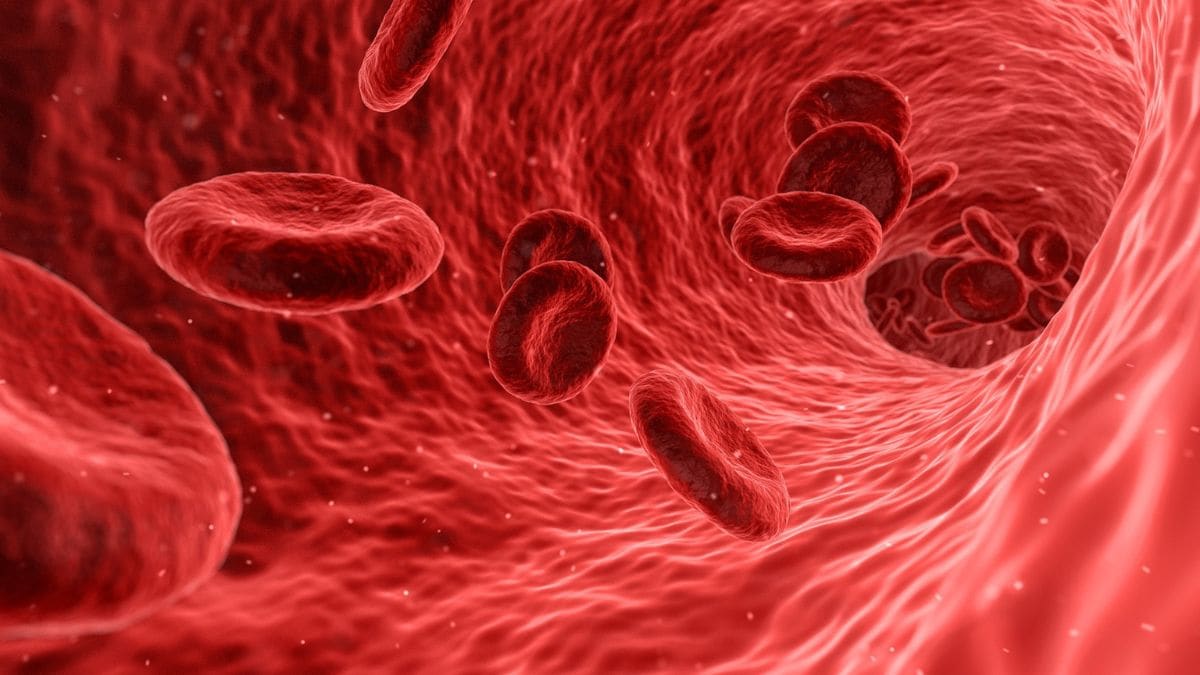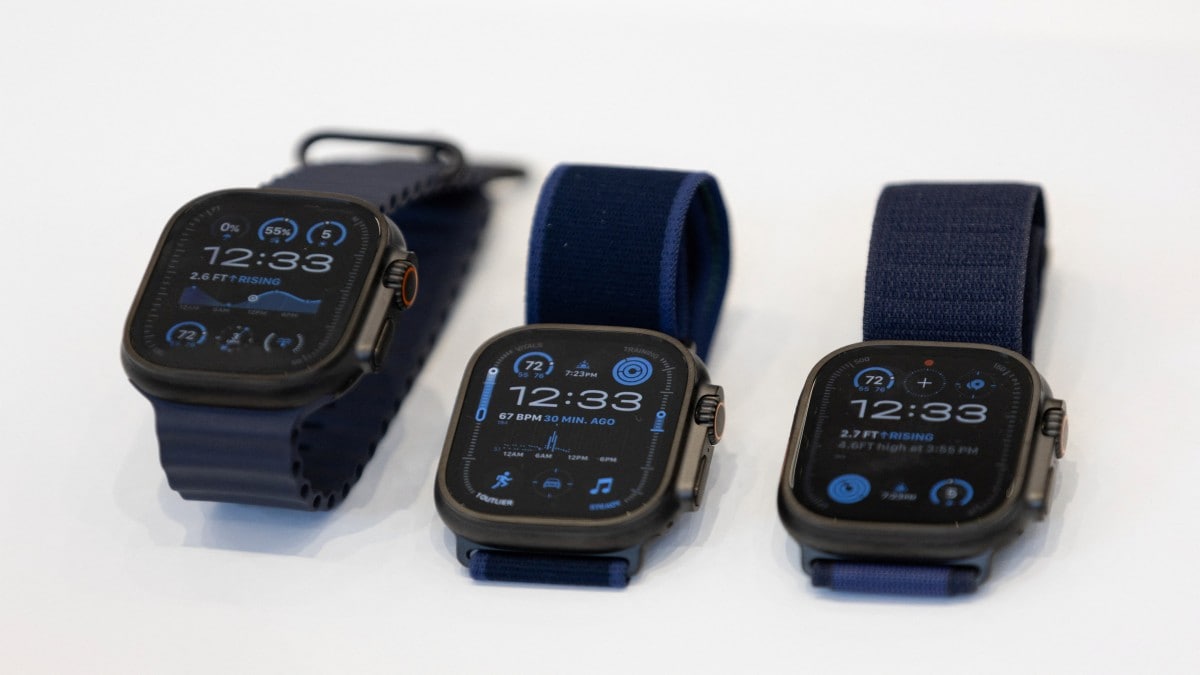Examining data from 5.3 million births across the top 50 metropolitan areas in the US over 25 years, a recent study found that for every one-degree Celsius rise in temperature above a certain threshold, there was a corresponding one per cent increase in preterm and early-term births read more
)
A new research has linked an increase in premature births during hot weather conditions to intense and prolonged heatwaves. Image for representation. Pixabay
India is grappling with a severe heatwave, with many states of the country issuing red and orange heat alerts. While exposure to such extreme temperatures can have a dangerous impact on your health, new research has linked an increase in premature births during hot weather conditions to intense and prolonged heatwaves.
A team of researchers, led by researchers from Emory University, University of Nevada Reno, Yale University, University of Utah and the National Center for Atmospheric Research estimated changes in the rate of preterm and early-term birth in response to heatwaves.
A heatwave is a period of extremely high temperatures relative to what is normally expected over a region.
Over a 25-year period (1993-2017), the researchers analysed 5.3 million births across the 50 largest metropolitan areas in the US in terms of daily counts of preterm and early-term births to publish its findings in The Journal of American Medical Association (JAMA) Network Open.
So how does heatwave impact pregnancy? Let’s take a closer look
Increased heat linked to preterm births
During a typical 40-week pregnancy, babies born before the 37-weeks are considered preterm, while those delivered between 37 and 39 weeks are termed early-term births.
The researchers found that over the 25-year period, preterm births increased by 2 per cent, while early-term births increased by 1 per cent, following a four consecutive day-period during which each day’s average temperature was among the hottest 2.5 per cent for that region.
“Each 1 degree Celsius increase in mean temperature above the threshold was associated with a 1 per cent increase in the rate of both preterm and early-term birth,” the authors wrote in the study.
The researchers stated that this was the first study to present strong population-level evidence linking heat waves to higher rates of preterm and early-term births.
Using national birth data over the recent decades, the study was the largest one to date addressing this aspect, they claimed.
The analysis encompassed approximately 5.3 million births, representing nearly half of all births in the United States between 1993 and 2017 were sourced from the National Center for Health Statistics (NCHS), Centers for Disease Control and Prevention.
Who is at the maximum risk?
The research revealed that the rise in preterm and early-term births was more significant among women under 30, with lower education levels, and from minority backgrounds. It specifically analysed mothers with a high school education or less, those belonging to racial minority groups, or of Hispanic ethnicity, and under the age of 30.
“For this demographic, the rate ratio for preterm birth stood at 1.04, and for early-term birth, it was 1.03 following four consecutive hot days,” the researchers wrote.
The increases in preterm and early-term birth rates were more pronounced during longer and hotter heatwaves, especially among population subgroups with lower socioeconomic status, the authors noted.
The research team said that “modest but consistent increases in birth rates were most pronounced in the four days leading up to birth and during periods of prolonged heat and higher temperatures.”
“Extreme heat events profoundly impact perinatal health, and our findings underscore the uneven distribution of these effects among different demographic groups,” the authors concluded.

 3 months ago
12
3 months ago
12


















)
)
)
)
)
)
)
 English (US) ·
English (US) ·